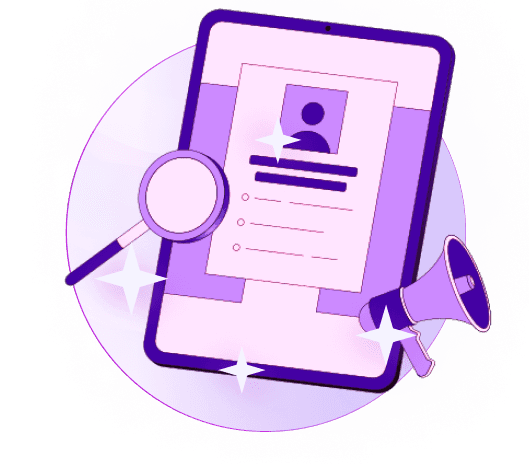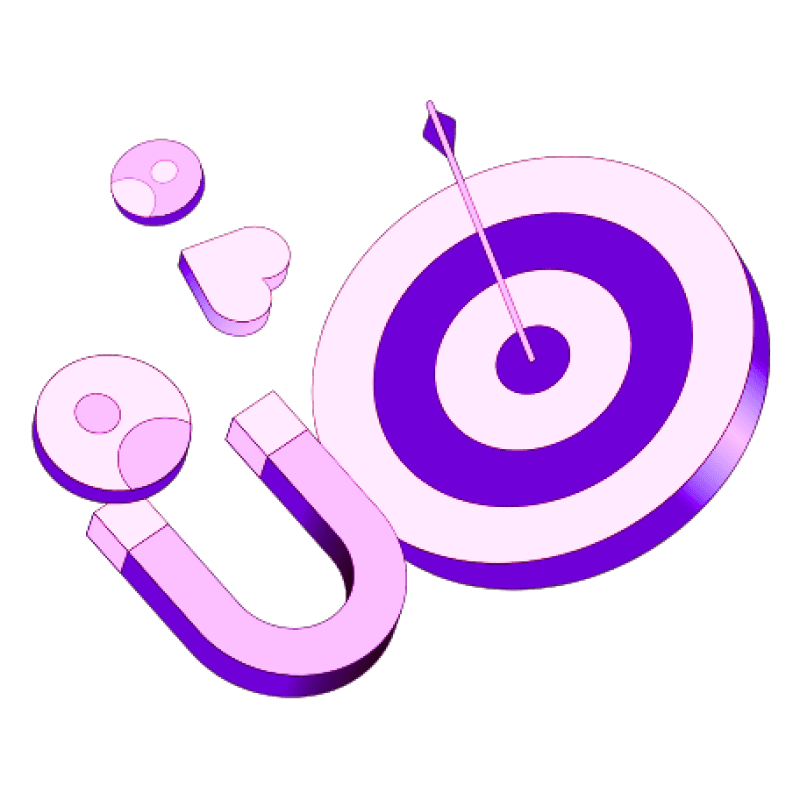Blogs
Articles

How to Automate Inbound Lead Outreach at Scale?
Did you know that sales conversions are 391% higher when leads receive replies within one minute of reaching out?
That's right — if you want to close more deals, timing is everything. Studies from MIT and Harvard researchers confirm that the chances of closing a deal significantly increase when you reach out within the first 5 minutes of receiving an inbound signal. However, manually responding to every lead this quickly is practically impossible.
In this article, we'll walk you through a comprehensive lead engagement strategy that leverages email outreach tools and outreach marketing automation to transform your inbound lead process. Let's dive in!
Why inbound lead outreach is more complicated than you might think?
The clock starts ticking the moment a potential customer shows interest in your business. Time is your enemy when handling inbound leads. Despite the clear advantage of responding quickly, many companies struggle to reach leads within the optimal window. Research shows that if you wait longer than five minutes to respond after engagement, your conversion rate could potentially plummet by 80%.
Yet, the average response time for B2B companies is a massive 42 hours—almost two full days. This stark contrast between ideal and actual response times highlights the first major challenge in inbound lead outreach.
Additionally, personalizing outreach at scale creates another layer of complexity. One of the most important questions a company must ask about their inbound process is "How personalized do we want to get?". Without proper systems, achieving both speed and personalization becomes nearly impossible.
Lead quality presents a third significant hurdle. Not every inbound lead is worth a follow-up. Some are just browsing, while others are ready to buy. The challenge? Knowing which is which. According to studies, nearly 80% of marketers report that consumer expectations for personalized content and engagement have changed dramatically.
How automate inbound lead outreach at scale?
Automating your inbound lead process requires a systematic approach that balances speed with personalization. Let me walk you through a three-step framework that will help you scale your outreach efforts efficiently.
Step 1: Capture and Qualify Inbound Leads Quickly
First, implement lead capture forms that collect essential qualifying information without creating friction. Specifically, use progressive profiling to gather data incrementally across multiple interactions. Subsequently, establish automated qualification criteria based on firmographic data (company size, industry, location) and behavioral signals (pages visited, content downloaded).
Certainly, utilizing chatbots for initial qualification can reduce response times dramatically, ensuring you meet that crucial 5-minute window when leads are 8X more likely to convert.
Step 2: Enrich, Score, and Route Leads Automatically
Once captured, use data enrichment tools to automatically fill in missing contact information and company details. Next, implement a scoring system that prioritizes leads based on fit (how well they match your ideal customer profile) and intent (how ready they are to buy).
Primarily, the goal is creating an automated routing system that directs leads to the appropriate sales rep based on territory, industry expertise, or product specialization. This eliminates manual assignment delays and ensures faster follow-up.
Step 3: Personalize and Automate Outreach Emails at Scale
Create templated email sequences with personalization tokens that automatically insert relevant lead information. Nevertheless, maintain a balance—personalize opening lines and specific pain points while automating follow-up cadence.
Utilizing outreach software that allows for conditional logic is key—for instance, sending different message variations based on how leads engaged with your website. Meanwhile, incorporate trigger-based communications that respond to specific actions like downloading resources or revisiting pricing pages.
Try the Inbound Lead Outreach
Begin implementing this framework by auditing your current process, identifying bottlenecks where leads stall. Ultimately, select an outreach platform that integrates with your existing CRM system. Start small by automating one segment of your inbound process before expanding to others, always measuring response rates and conversion metrics to continuously refine your approach.
Conclusion
Automating your inbound lead outreach stands as a critical competitive advantage in today's fast-paced sales environment. Throughout this article, we've established that responding within the first five minutes increases conversion rates by 391%, yet most B2B companies take an alarming 42 hours to make contact. This gap represents both a challenge and an opportunity for your business.
The three-step framework outlined above offers a practical roadmap for transformation: quickly capturing and qualifying leads, automatically enriching and routing them, and personalizing outreach at scale. Consequently, your sales team can focus on high-value activities rather than administrative tasks.
Time undoubtedly remains your most precious resource when handling inbound leads. Therefore, implementing the right automation tools becomes essential for maintaining both speed and personalization. Many teams find that tools like Persana.ai help streamline their inbound lead processes while maintaining the human touch that buyers expect.
FAQs
Q1. How can I automate lead generation for my business?
To automate lead generation, start by identifying your target audience and creating compelling content to attract them. Implement lead capture forms on your website, use progressive profiling to gather data incrementally, and employ lead scoring to prioritize prospects based on their behavior and demographics.
Q2. What are some effective strategies for automating outreach emails?
To automate outreach emails, use email templates with personalization tokens, implement trigger-based communications, and utilize outreach software that allows for conditional logic. Create email sequences that respond to specific actions, such as downloading resources or revisiting pricing pages, to maintain relevance and engagement.
Q3. What is outreach automation and why is it important?
Outreach automation uses software to manage communication tasks, automatically sending emails, texts, and follow-ups to reach a large number of customers quickly. It's important because it allows businesses to respond to leads within the crucial 5-minute window, increasing the chances of conversion by up to 391%.
Q4. How can I generate more inbound leads?
To generate more inbound leads, optimize your content strategy, host webinars, launch engaging social media campaigns, enhance your SEO strategies, and fine-tune your website design to encourage conversions. Focus on creating valuable content that addresses your target audience's pain points and interests.
Q5. What are the key steps to automating inbound lead outreach at scale?
The key steps to automating inbound lead outreach at scale are: 1) Quickly capture and qualify leads using automated forms and chatbots, 2) Enrich, score, and route leads automatically using data enrichment tools and scoring systems, and 3) Personalize and automate outreach emails using templated sequences with personalization tokens and conditional logic.

Create Your Free Persana Account Today
Join 5000+ GTM leaders who are using Persana for their outbound needs.
How Persana increases your sales results
One of the most effective ways to ensure sales cycle consistency is by using AI-driven automation. A solution like Persana, and its AI SDR - Nia, helps you streamline significant parts of your sales process, including prospecting, outreach personalization, and follow-up.



